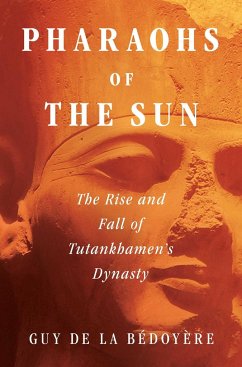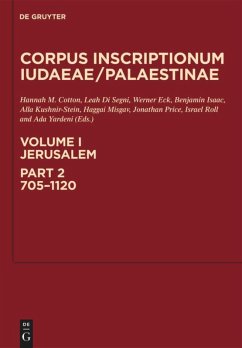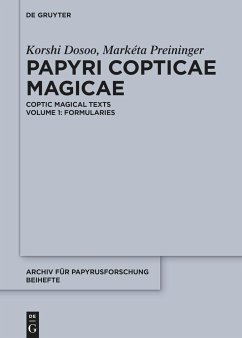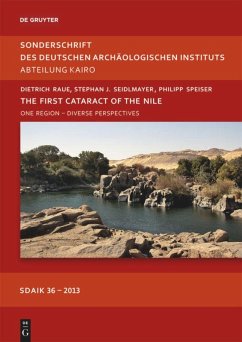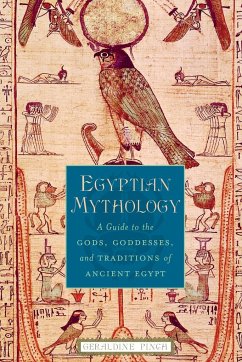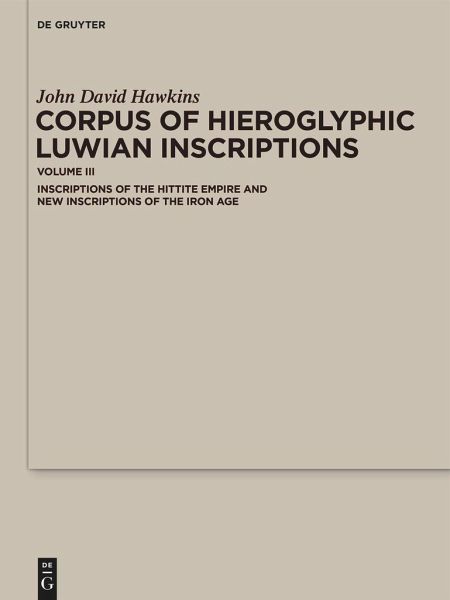
Corpus of Hieroglyphic Luwian Inscriptions
Volume III: Inscriptions of the Hettite Empire and New Inscriptions of the Iron Age
Herausgegeben: Taniguchi, Junko;Mitarbeit: Weeden, Mark
Versandkostenfrei!
Sofort lieferbar
179,95 €
inkl. MwSt.

PAYBACK Punkte
0 °P sammeln!
Luwian and the closely related Hittite are the oldest known languages of the Indo-European group. Luwian is written in two scripts: Cuneiform and its own Hieroglyphic, which survives mostly on stone monuments collected from Turkey and Syria. The texts fall into two main groups, those of the Hittite Empire (c. 1400-1200 B.C.), and those of the Iron Age (c. 1000-700 B.C.),with a transitional period (c. 1200-1000 B.C.). One of the editor's principal research efforts has been the establishment of reliable texts presented in facsimile copies and photographs. His Inscriptions of the Iron Age were pu...
Luwian and the closely related Hittite are the oldest known languages of the Indo-European group. Luwian is written in two scripts: Cuneiform and its own Hieroglyphic, which survives mostly on stone monuments collected from Turkey and Syria. The texts fall into two main groups, those of the Hittite Empire (c. 1400-1200 B.C.), and those of the Iron Age (c. 1000-700 B.C.),with a transitional period (c. 1200-1000 B.C.). One of the editor's principal research efforts has been the establishment of reliable texts presented in facsimile copies and photographs. His Inscriptions of the Iron Age were published as Vol. I in 2000, and the great Luwian-Phoenician Bilingual in collaboration with Halet Çambel as Vol. II in 1999. Vol. III will present the Inscriptions of the Hittite Empire along with the newly discovered Iron Age inscriptions, thus completing the whole corpus. It will then make available to the scholarly world the Luwian language in its Hieroglyphic manifestation, which willbe of importance to philologists and ancient historians alike.



